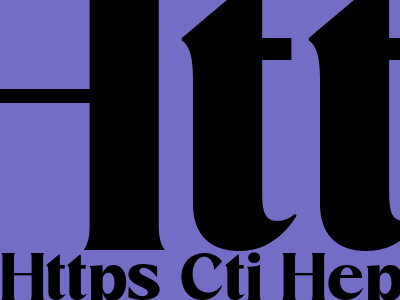Crawling and Indexing for SEO: A Guide for Bloggers
Introduction
Crawling and indexing are two crucial processes that determine how your blog content appears in search engine results. Search engines use crawlers (also known as bots or spiders) to visit your blog and gather information about your content. They then use this information to create an index, which helps them quickly retrieve and display your blog posts when users search for relevant terms. By understanding how crawling and indexing work, you can optimize your blog content to improve its visibility and ranking in search results.
How Crawling Works
Crawlers follow links from one web page to another, discovering new content and adding it to their index. They start by crawling the pages you submit to search engines through tools like Google Search Console. Crawlers then follow the links on those pages to find and crawl other pages on your blog. The depth of the crawl depends on several factors, including your blog's structure, the number of links, and the freshness of your content.
You can help crawlers navigate your blog effectively by creating a clear and consistent site structure, using descriptive anchor text for your links, and keeping your blog updated with fresh content. Avoid blocking crawlers with robots.txt or other methods, as this can prevent your content from being indexed.
How Indexing Works
Once crawlers have gathered information about your blog content, they pass it on to indexers, which process and store the data. Indexers extract keywords, phrases, and other relevant information from your content to create an index. This index is a massive database that search engines use to match user queries with relevant web pages.
The indexing process considers various factors, including the quality and relevance of your content, the authority of your blog, and the user's search intent. By creating high-quality, informative content that aligns with your target audience's needs, you can increase the likelihood of your blog posts being indexed and ranked well in search results.
Optimizing for Crawling and Indexing
To optimize your blog content for crawling and indexing, follow these best practices:
- Create unique, high-quality content that provides value to users.
- Use descriptive and keyword-rich titles, headings, and meta descriptions.
- Structure your blog logically with clear navigation and internal linking.
- Submit your blog's XML sitemap to search engines.
- Use social media to promote your blog content and attract backlinks.
Conclusion
By understanding how crawling and indexing work, you can optimize your blog content to improve its visibility and ranking in search results. By creating high-quality content, using descriptive keywords, structuring your blog effectively, and submitting your sitemap, you can help search engines discover, index, and display your blog posts to a wider audience.

Comments